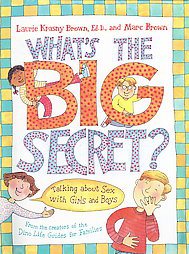Dec
Easy A — Woman Managing the Stigma of STDs
Posted in Artifacts | No Comments »Hi class! My name is Amanda Tanzer and my artifact that I presented in class yesterday was a clip from the movie Easy A. This movie is about a girl named Olive who faked sleeping with her guy friend to help everyone believe he wasn’t gay. Other boys then find out from him that she did this so they all begin to ask her to do the same thing in exchange for gift cards. So at this point in the movie she is known for “sleeping around”. Then the man you see in the clip below learned he got chlamydia and so he blamed it on Olive since she was known for “sleeping around” when it was really the guidance counselor who was also seen in the videos above. When Olive goes to the guidance counselor about the matter, she basically convinces Olive to act like it really was her so she could keep her job/marriage.
I related this movie to the article “Damaged Goods: Women Managing the Stigma of STDs” by Adina Nack. Guilt and deception were both common reactions mentioned in the article for women with STDs. These were both reactions that could be seen in the movie Easy A as well as the guidance counselor chose to deny her STD, lie about it, and use a cover story (Olive taking the blame). This all eventually led to guilt once her husband finds out it was her later on in the movie. Everyone in the study, in the article, eventually disclosed the truth about their STD to a loved one, as did the guidance counselor in the movie.
The article also talked about how a woman living with a chronic STD has a shadow of disease cast on her and the health and desirability of her body as well as on her perceived possibilities for future sexual experiences. This can be seen in Easy A as everyone talked about Olive behind her back and the news spread around so quickly after the boy in the video said she gave him chlamydia. Later on she mentions how no one ever asked her on a real date anymore. They just paid her to say they did stuff with her, but everyone thought she had an STD from “sleeping around” too much that she really had no opportunities for sexual experiences. This made it seem as though Olive had an aura of undesirability around her as the article mentioned.
Videos shown in class:
https://www.youtube.com/watch?v=QsHeCTEQ34o(started at 0:58)
https://www.youtube.com/watch?v=zhCmqzi5CL4 (started at 0:52)
